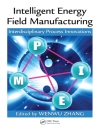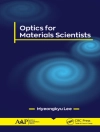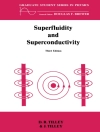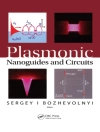Chemical mechanical planarization, or chemical mechanical polishing as it is simultaneously referred to, has emerged as one of the critical processes in semiconductor manufacturing and in the production of other related products and devices, MEMS for example. Since its introduction some 15+ years ago CMP, as it is commonly called, has moved steadily into new and challenging areas of semiconductor fabrication. Demands on it for consistent, efficient and cost-effective processing have been steady. This has continued in the face of steadily decreasing feature sizes, impressive increases in wafer size and a continuing array of new materials used in devices today. There are a number of excellent existing references and monographs on CMP in circulation and we defer to them for detailed background information. They are cited in the text. Our focus here is on the important area of process mod- els which have not kept pace with the tremendous expansion of applications of CMP. Preston’s equation is a valuable start but represents none of the subtleties of the process. Specifically, we refer to the development of models with sufficient detail to allow the evaluation and tradeoff of process inputs and parameters to assess impact on quality or quantity of production. We call that an "integrated model" and, more specifically, we include the important role of the mechanical elements of the process.
David A. Dornfeld & Jianfeng Luo
Integrated Modeling of Chemical Mechanical Planarization for Sub-Micron IC Fabrication [PDF ebook]
From Particle Scale to Feature, Die and Wafer Scales
Integrated Modeling of Chemical Mechanical Planarization for Sub-Micron IC Fabrication [PDF ebook]
From Particle Scale to Feature, Die and Wafer Scales
Buy this ebook and get 1 more FREE!
Language English ● Format PDF ● ISBN 9783662079287 ● Publisher Springer Berlin Heidelberg ● Published 2013 ● Downloadable 3 times ● Currency EUR ● ID 6342905 ● Copy protection Adobe DRM
Requires a DRM capable ebook reader












